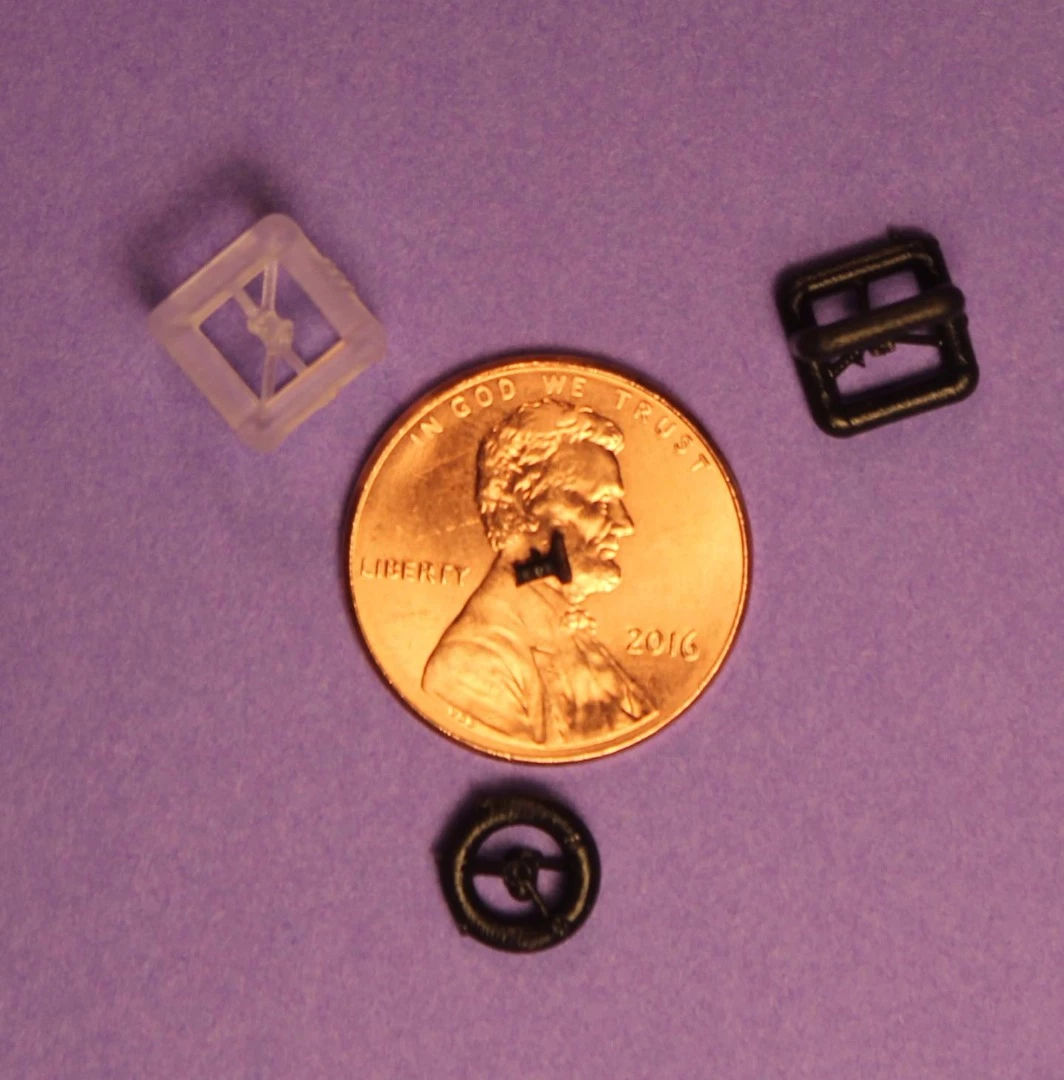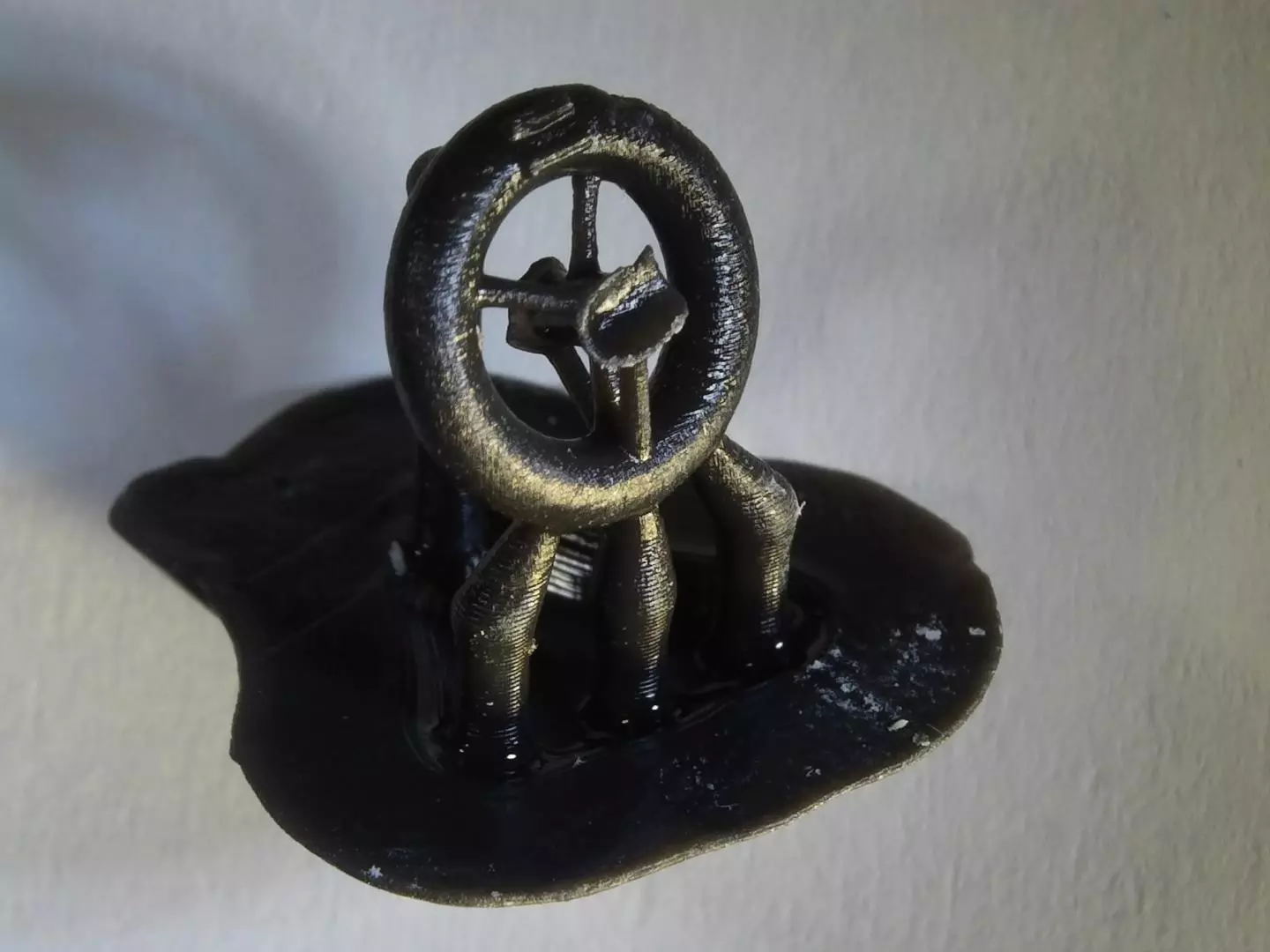Inside everyone's middle ear are three tiny linked bones known as ossicles, and they transmit vibrations from the ear drum to the cochlea. When these bones are damaged, a condition called ossicular conductive hearing loss results. A more effective treatment for it may now be on its way, thanks to 3D printing technology.
Currently, ossicular conductive hearing loss is treated by surgically replacing the damaged bones with steel-and-ceramic prostheses. Each piece is handmade for the individual patient, in the operating room. Unfortunately the surgery has a high failure rate, which is likely due to the fact that the prostheses aren't exactly the same size as the bones that they're replacing.
With that in mind, a University of Maryland team led by Dr. Jeffrey D. Hirsch has begun looking into the use of 3D printing to create implants that are more of an exact match.
In lab experiments, the researchers extracted the middle linking bone in the ossicular chain from three human cadavers, and imaged those bones using a CT (computerized tomography) scanner. Those scans were then used to create resin reproductions of the bones, utilizing an inexpensive 3D printer.
When four surgeons were subsequently asked to match each prosthesis to the specific ossicular chain from which it came, they were all able to do so correctly. None of the surgeons had prior knowledge of which prosthesis belonged to which cadaver.
The scientists now plan on printing the implants using biocompatible materials, and are even looking towards making them from a lattice-like material into which stem cells could grow, so the prosthesis would gradually be replaced by bone.
"This study highlights the core strength of 3D printing – the ability to very accurately reproduce anatomic relationships in space to a sub-millimeter level," says Hirsch. "With these models, it's almost a snap fit."





